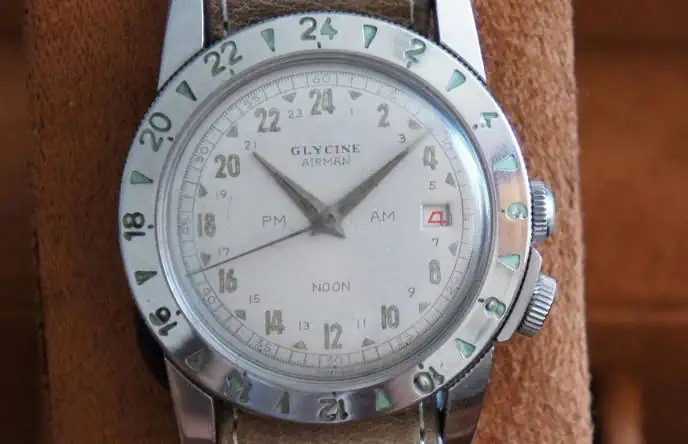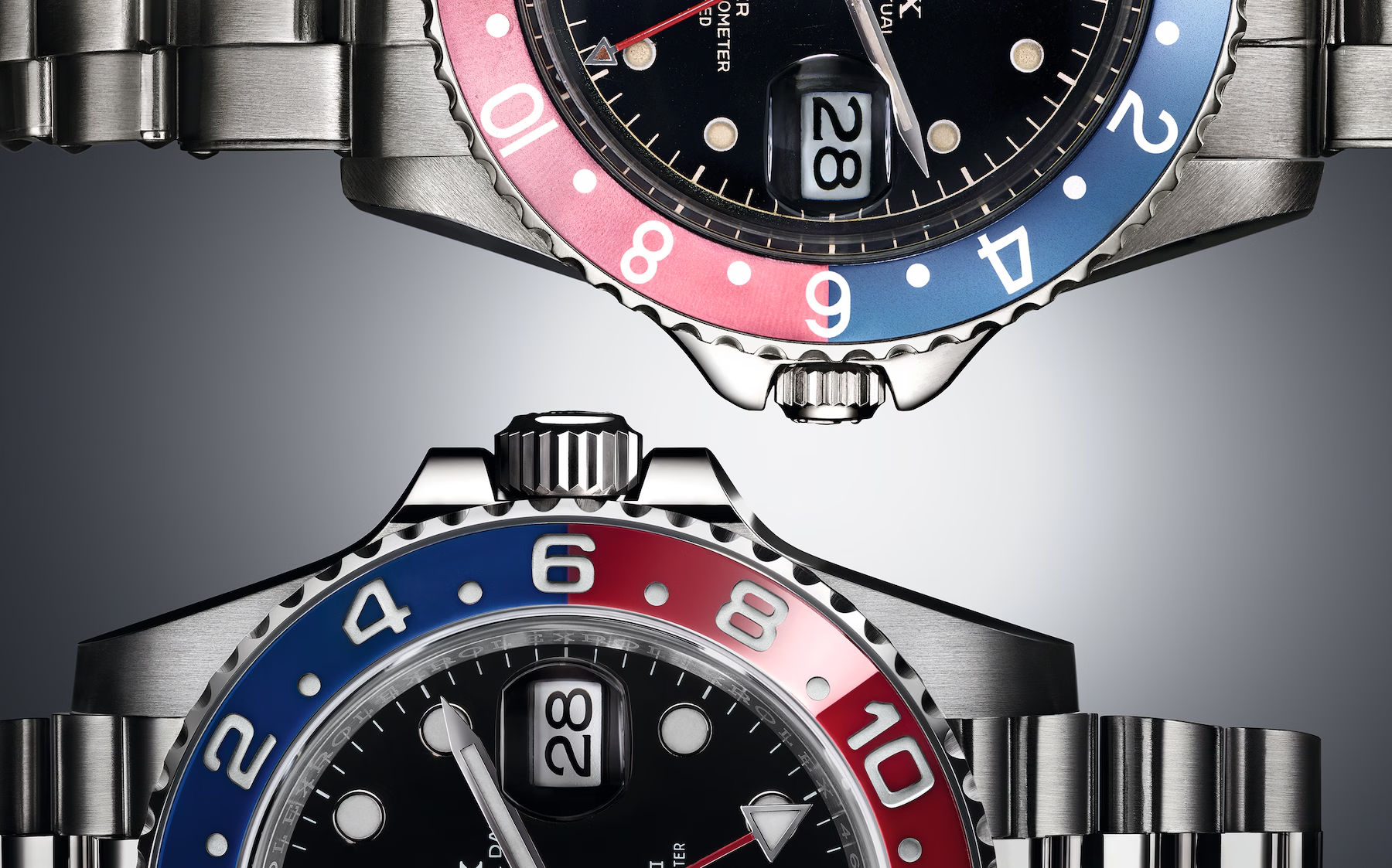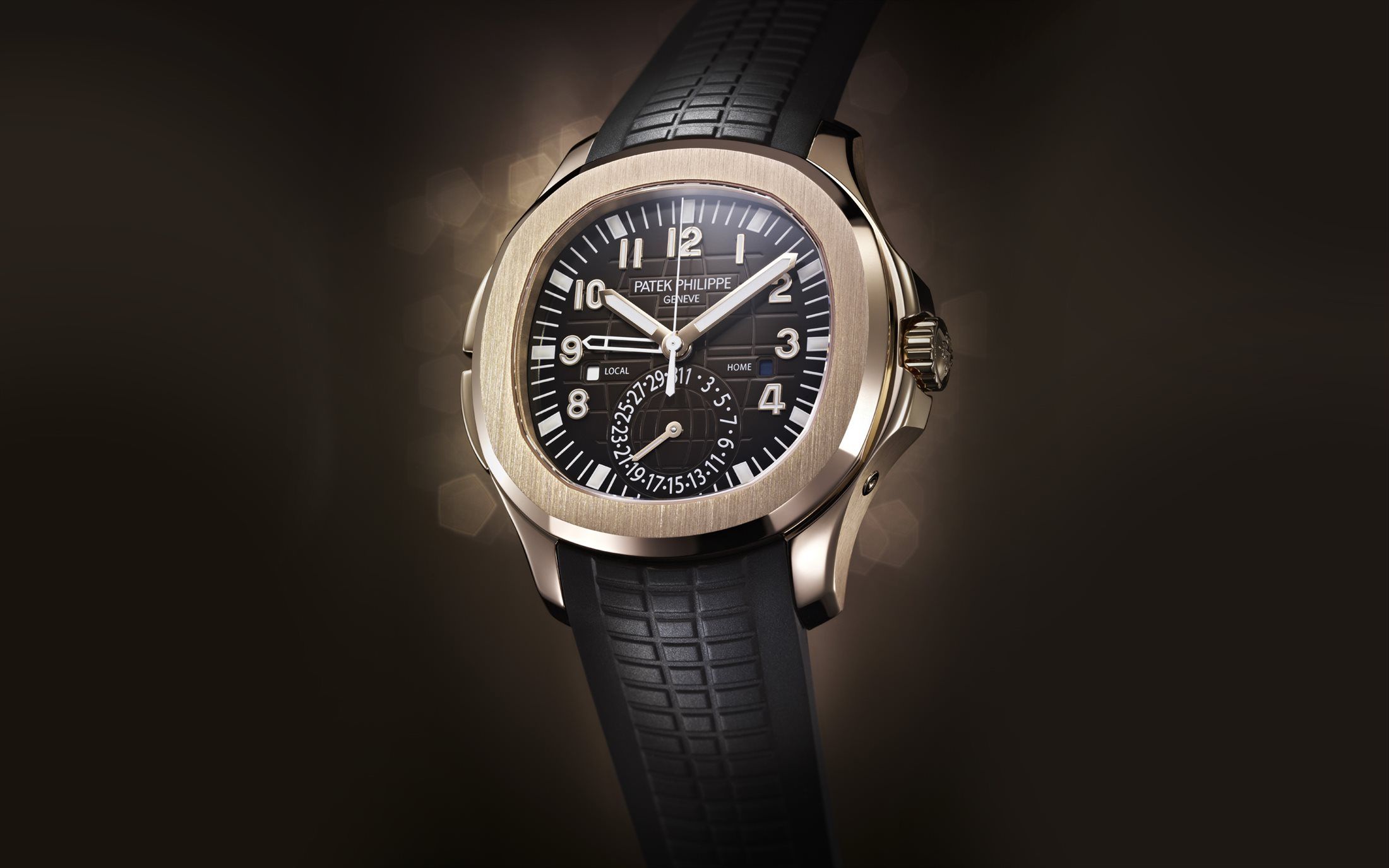Know Your Watches: What Is A GMT Watch?
In an increasingly interconnected world, keeping track of multiple time zones has become a necessity for many. Enter the GMT watch, a quintessential tool for modern travelers and professionals managing schedules across different parts of the globe. Its popularity is justified on several counts: complications make a watch more interesting, and the GMT is one of the most accessible complications within an affordable price range. Moreover, the extra hand and common addition of the (often colorful) rotating bezel lend themselves to fun sporty designs. But most of all, a GMT is actually useful in modern life.

What is a GMT Watch?
GMT stands for Greenwich Mean Time, the time zone against which all others are set. A GMT watch is designed to simultaneously display two different time zones. This feature is particularly useful for frequent flyers, international business people, or anyone who needs to keep track of time in multiple regions.
A typical GMT watch includes a standard hour, minute, and second hand, plus an additional GMT hand and a 24-hour scale. The GMT hand makes one complete rotation every 24 hours, pointing to the corresponding hour on the bezel or dial's 24-hour scale. This allows the wearer to see the time in a second time zone at a glance.

While people mistakenly believe that the first GMT watch was created by Rolex, it is actually a much smaller, obscure brand called Glycine that was responsible for the first ever GMT in the form of Airman created in 1953. It was a year later that the GMT watch was introduced by Rolex in 1954. Known as the Rolex GMT-Master, it was developed in collaboration with Pan American World Airways (Pan Am) for their pilots. As commercial air travel grew, pilots needed a way to track multiple time zones to manage their schedules and communicate effectively across continents. As part of their navigation and communication protocols, pilots always operate on GMT (or UTC) time, to eliminate any confusion. So those Pan Am pilots would always have their 24-hand set to GMT, no matter what their local time was. The GMT-Master, with its dual time zone functionality and distinctive red and blue “Pepsi” bezel, became an instant icon in both aviation and horology.
How Does a GMT Watch Work?
The core functionality of a GMT watch lies in its ability to track two time zones independently. Here’s a step-by-step breakdown of how it works:
Setting the Local Time: The primary hour and minute hands are set to the local time as in a regular watch.
Setting the GMT Hand: The GMT hand is set to a second time zone, often home time or the time of a frequently visited location.

24-Hour Scale: The GMT hand aligns with the 24-hour scale, enabling the user to differentiate between AM and PM in the second time zone.
Some GMT watches come with a rotating bezel that can be used to temporarily set a third time zone. By rotating the bezel to match the GMT hand with a new hour marker, one can quickly adjust to another time zone without changing the watch’s primary settings.
Nowadays, there are more sophisticated movements than those early models, and they can be generally divided into two types. The first type has an independently adjustable GMT hand, meaning it can be set separately from the local time indicated with the hour hand and is not linked to the date function.
The second type links the GMT hand to the minute hand while the normal hour hand is independently adjustable and is linked to the date. The second kind is considered more of a classic GMT watch and is slightly easier for use while traveling, since flipping the hour hand forward or back without messing with the minute hand is quick and easy as your plane touches down in London or Buenos Aires.

While GMT watches were first created for pilots and are historically linked to aviation, they have since taken on a reputation as a consummate adventurer’s watch, useful for the one-watch traveler who wants to touch down in Kinshasa and head straight into the jungle. Good water resistance, rugged cases and legibility are the hallmarks of the new breed of GMT watches.
Examples of Luxury GMT Watches
Many luxury watch brands have since embraced the GMT complication, offering sophisticated designs that cater to both functionality and style. Here are a few notable examples:
Rolex GMT-Master II: Continuing the legacy of the original GMT-Master, the GMT-Master II features a 24-hour rotating bezel and an independently adjustable hour hand, allowing the wearer to easily set the local time. It remains one of the most sought-after GMT watches in the world.
Omega Seamaster Planet Ocean GMT: Known for its robust design and deep-sea capabilities, the Seamaster Planet Ocean GMT combines professional dive watch features with GMT functionality. Its orange accents and ceramic bezel make it stand out visually and functionally.

Patek Philippe Aquanaut Travel Time: This watch is the epitome of luxury and precision. It offers a refined dual time zone mechanism with day/night indicators for both local and home time. The Aquanaut’s sporty yet elegant design appeals to those seeking both high performance and sophisticated aesthetics.
Tudor Black Bay GMT: A nod to its older sibling, the Rolex GMT-Master, the Tudor Black Bay GMT is celebrated for its vintage-inspired design and robust build. The watch features a striking “Pepsi” shades of blue and red.
No articles found





